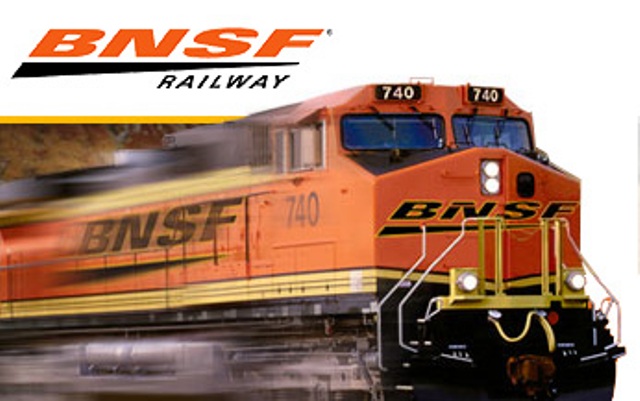netrashetty
Netra Shetty
<h2>Organisational Structure of BNSF Railway</h2>


The BNSF Railway (reporting mark BNSF), formerly known as the Burlington Northern Santa Fe Railway, is an American freight railroad company headquartered in Fort Worth, Texas; it is one of four remaining transcontinental railroads and one of the largest freight railroad networks in North America. Only the Union Pacific Railroad, its primary competitor for Western U.S. freight, is larger in size. The BNSF Railway moves more intermodal freight traffic than any other rail system in the world.[citation needed]
It was formed December 31, 1996, as the Burlington Northern and Santa Fe Railway when the Atchison, Topeka and Santa Fe Railway was merged into the Burlington Northern Railroad. In 1999 BNSF and the Canadian National Railway announced their intention to merge and form a new corporation entitled the North American Railways to be headquartered in Montreal, Canada. The United States' Surface Transportation Board (STB) placed a 15-month moratorium on all rail mergers, which ended this merger. On January 24, 2005, the railroad's name was officially changed to BNSF Railway.[2]
The BNSF Railway is a wholly owned subsidiary of the Burlington Northern Santa Fe Corporation, the holding company formed by the September 22, 1995, merger of Burlington Northern, Incorporated, and the Santa Fe Pacific Corporation. According to corporate press releases, the BNSF Railway is among the top transporters of intermodal freight in North America. It also hauls enough coal to generate roughly 10% of the electricity produced in the United States. The company's three transcontinental routes provide a high-speed link between the western and eastern United States.
4
President
Matthew Rose
3
Director
Alan Boeckmann
3
Director
Marc Racicot
2
Director
J. Watts
3
Director
Donald Cook
5
Director
Steven Whisler
4
Director
Robert West
10
Director
John Burns
3
Director
Michael Yanney
3
Director
Roy Roberts
4
Director
Marc Shapiro
3
Lead Director
Edward Whitacre
CFO
Thomas Hund
COO
Carl Ice
Marketing
JL
Legal & Secretary
RN
Corporate Relations
JA
Government Affairs
AH
Human Resources & Medical
LK
Network Development
PR
Network
DW
Technology Services & CIO
JAO
Treasurer
AV
Accouting & Sourcing
PB
Tax
SV
Audit Services
DS
Investor Relations
LH
Planning, Studies & Control
JP
Legal, Corporate
JG
Legal
CS
Legal, Regulatory
RW
Organizational Behavior
The first thing that I learned in this course is the definition of organization. An organization is a system of two or more people, engaged in cooperative action, trying to reach an agreed-upon purpose. Organizational behavior is the actions and attitudes of people in organizations. The field of organizational behavior is the body of knowledge derived from the study of these actions and attitudes.
Group Formation
One of the interesting topics in the course is the formation of groups. From the discussion in class, I learned that groups are essential to the success of organizations. Organizations today are forming different groups to fulfill various tasks. A group is a distinguishable set of two or more people who interact, dynamically, interdependently, and adaptively toward a common and valued goal who have been assigned specific roles or functions, and who have a limited life span or membership. The members of the group have different and unique roles, each role is critical to the success of the group. Every group undergoes group development. The stages of group development are forming, storming, norming, performing, and mourning. It is important that to understand the stages of group development in order to effectively deal with the issues and challenges.
Last edited by a moderator:
